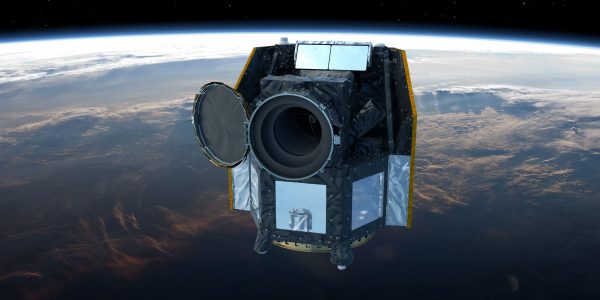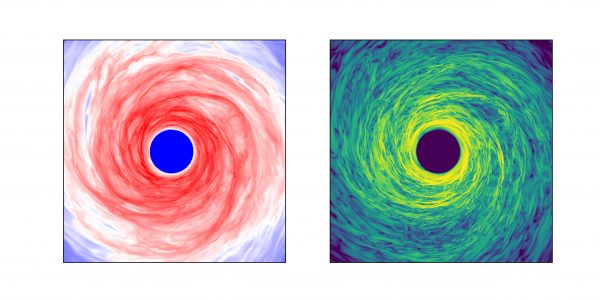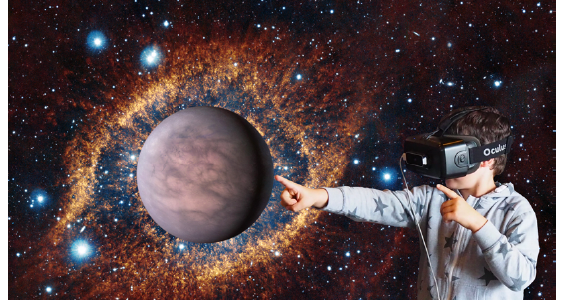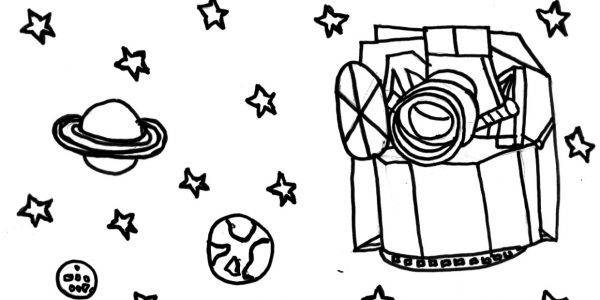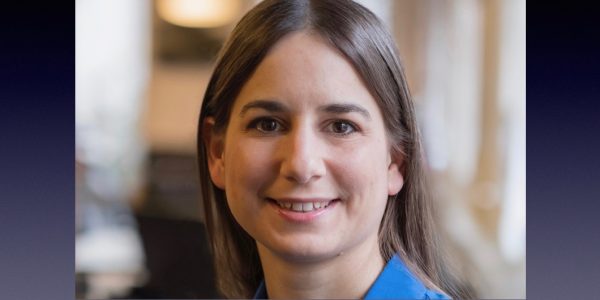News
Six planets (almost) in rythm
An international team lead by researchers of PlanetS and the University of Geneva has discovered a six-planets system. Almost visible to the naked eye in the Draco constellation, the star HD 158259 has been observed for the last seven years by astronomers using the SOPHIE spectrograph. This instrument, installed at the Haute-Provence Observatory in the […]
Continue ReadingCHEOPS space telescope ready for scientific operation
CHEOPS has reached its next milestone: Following extensive tests in Earth’s orbit, some of which the mission team was forced to carry out from home due to the coronavirus crisis, the space telescope has been declared ready for science. CHEOPS stands for “CHaracterising ExOPlanet Satellite”, and has the purpose of investigating known exoplanets to determine, […]
Continue ReadingScientists achieve simultaneous simulation of gravitation and magnetism of a protoplanetary disk
Researchers from the Universities of Zurich and Cambridge have succeeded for the first time in creating a single computer-simulated model that combines processes in the development of planets that were previously simulated separately. In their novel simulations on the “Piz Daint” supercomputer, they identified a new kind of friction mechanism that could solve a ubiquitous […]
Continue ReadingExplore the universe from home with PlanetS
For weeks we have been spending most of our time at home. We are distancing ourselves from each other, trying to get the Corona crisis under control. That brings with it many challenges. Schools, for example, now often rely on online lessons. But that doesn’t work smoothly everywhere and in some places lessons are cancelled. […]
Continue ReadingEditorial
Living in the days of the Coronavirus is not easy. As many aspects of society shut down in an effort to slow down the progression of the virus, it is difficult to maintain scientific activities. No lectures or colloquia anymore, conferences and schools are cancelled, observatories are restricting operations… Business as usual is no more. […]
Continue ReadingCHEOPS first check-up
After months of uncertainty about the launch date of the CHEOPS satellite, the launch date was finally set for December 17, 2019. A delegation from the Universities of Bern and Geneva were on hand on the scheduled date to attend this unique event in Swiss space history. Although the launch was delayed by 24 hours […]
Continue ReadingQuestioning theory can be worth it
Where few thought to look, the PlanetS co-funded telescope “SAINT-EX” is searching for new worlds. After a year of operation, the project has brought some exciting first results. Atop a mountainous region, nearly three kilometers above sea level, overlooking pine forests and impressive rock formations it lies: The National Astronomical Observatory of Mexico in San […]
Continue Reading“I’ve always had a huge interest in exoplanet research.”
In response to an invitation from Willy Benz, Catherine Cesarsky has accepted to become a member of the NCCR PlanetS Advisory Board, joining Brian Schmidt and Michel Mayor. After completing her schooling and physics studies in Buenos Aires, Catherine Cesarsky flew to Harvard for a PhD on cosmic rays. This was the beginning of a […]
Continue ReadingSearching for the building blocks of life in space
Using radio telescopes, Susanne Wampfler investigates areas far away in space where new stars and planets are forming. The astrophysics assistant professor works at the Center for Space and Habitability (CSH) of the University of Bern and leads a PlanetS project. As the CSH’s Equal Opportunities Officer, she advocates for both women and men. She […]
Continue ReadingThey changed our conception of the world, no less !
This year’s Laureates have transformed our ideas about the cosmos. While James Peebles’ theoretical discoveries contributed to our understanding of how the universe evolved after the Big Bang, Michel Mayor and Didier Queloz explored our cosmic neighbourhoods on the hunt for unknown planets. Their discoveries have forever changed our con-ceptions of the world. With […]
Continue Reading

